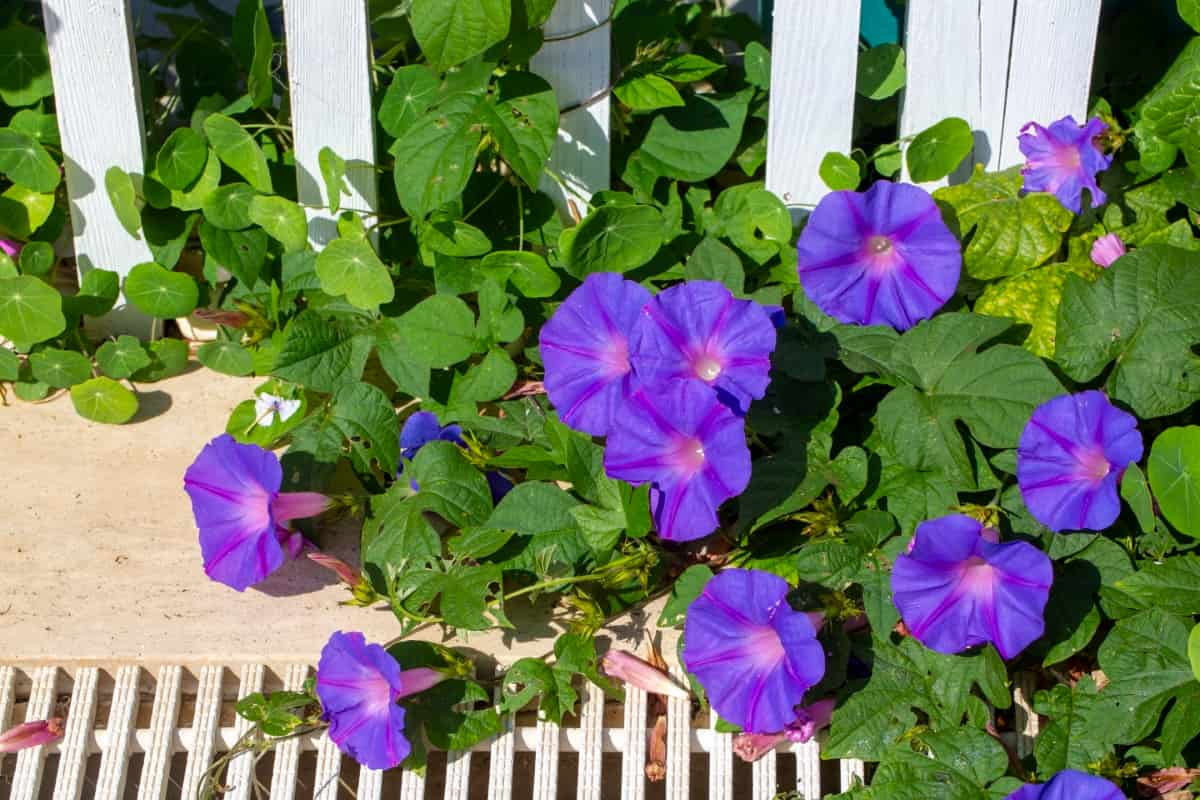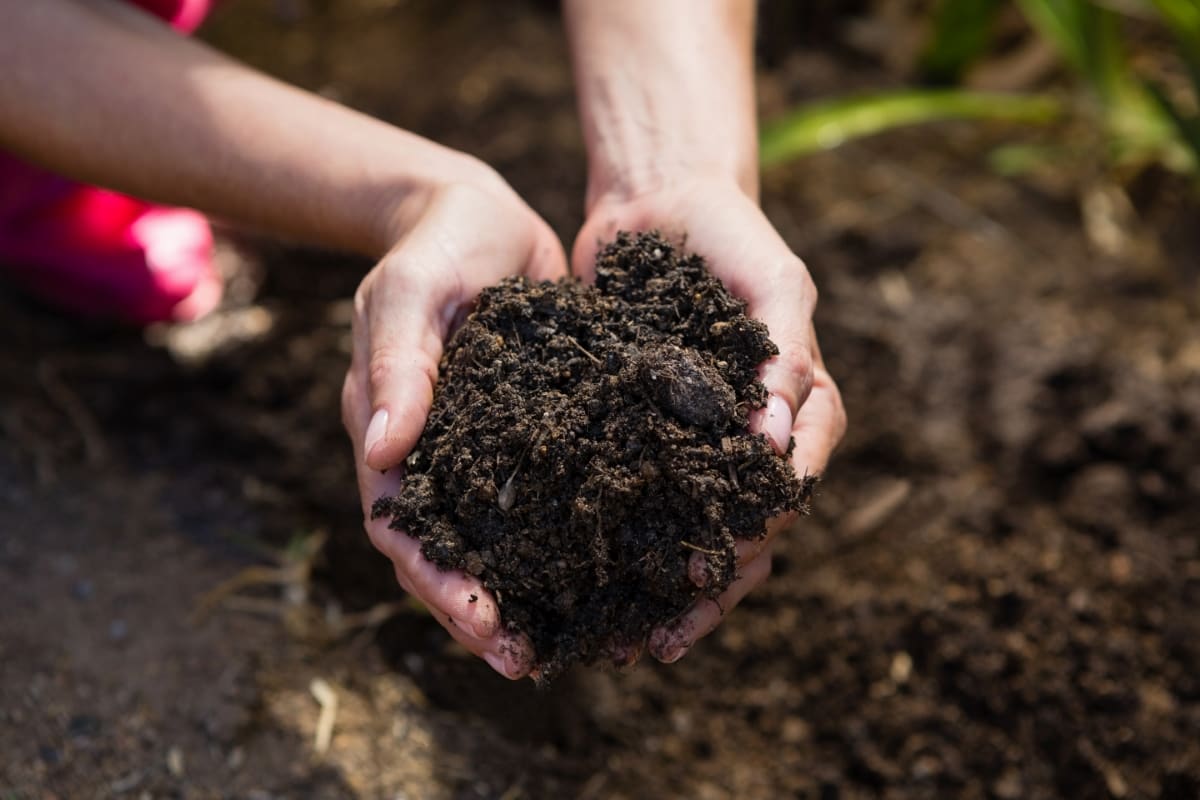Growing clove beans in your home garden is an enriching and fulfilling endeavor, allowing you to enjoy fresh, flavorful beans right from your backyard. Clove beans, known for their unique taste and nutritional value, can be a delightful addition to your garden and your kitchen. Whether you’re a seasoned gardener or a beginner, these best practices will help you successfully grow and enjoy clove beans in your home garden.

Grow Clove Beans
What are Clove Beans?
Clove beans are a unique and nutritious type of bean that can be easily grown in home gardens. They are known for their rich flavor and are often used in a variety of culinary dishes. Growing clove beans in your home garden is an enjoyable and rewarding experience, offering a fresh, organic supply of these delicious beans. They are not only a great source of protein but also add a vibrant touch to your garden. Clove beans thrive in specific conditions, making it important to understand the best practices for their cultivation to ensure a bountiful harvest.
Different Varieties of Clove Beans for Your Home Garden
There are several varieties of clove beans available, each with its unique characteristics and flavors. Some popular varieties include the Classic Clove, Spicy Red, and Sweet Green, each offering different tastes and textures. When choosing the variety for your home garden, consider factors like climate, soil type, and personal taste preferences.
Experimenting with different varieties can be a fun way to discover which type of clove bean best suits your garden and culinary needs. Regardless of the variety, all clove beans benefit from similar growing conditions and care.
Select the Right Location for Growing Clove Beans
Choosing the right location is crucial for growing clove beans successfully. These beans require a spot in your garden that receives ample sunlight for most of the day. They thrive in warm temperatures and need protection from strong winds and frost. A south-facing garden bed is ideal, ensuring that the beans receive enough light to grow healthy and strong.
Additionally, consider the proximity to other plants, as clove beans can benefit from certain companion plants while being hindered by others. Proper spacing and positioning are essential for maximizing growth and yield.
Prepare the Soil for Clove Bean Cultivation
Properly preparing the soil is essential when cultivating clove beans. These beans thrive in soil that has good drainage and is rich in organic material. To get started, loosen the soil to a depth of 8-10 inches and clear away any weeds or debris. Enhance the soil by incorporating compost or well-aged manure, which will improve its quality and nutrient levels.
In case you missed it: How to Pollinate Clove Tree Flowers: Hand Pollination, Natural Pollination Methods, and Tips

It’s also important to maintain a slightly acidic to neutral pH level in the soil, as this is the ideal condition for clove beans to grow successfully. Properly prepared soil not only supports healthy root growth but also enhances the overall health and productivity of the bean plants.
Propagation of Clove Beans
Propagation of clove beans starts with choosing healthy, high-quality bean seeds. The seeds should be fresh and free from any signs of damage or disease. Before planting, it’s beneficial to soak the seeds in water for a few hours to soften their outer coating, which can enhance germination rates. Plant the seeds directly in the prepared soil, placing them about an inch deep and a few inches apart. With proper care, the seeds will sprout within a week or two, marking the beginning of your clove bean plants’ growth journey.
Plant Clove Bean Seeds: Step-By-Step Instructions
To plant clove bean seeds effectively, follow these simple step-by-step instructions. First, ensure the soil is well-prepared and at the right temperature for planting. Sow the seeds at a depth of approximately one inch in the ground, ensuring a spacing of about 3 to 4 inches between them in rows.
The rows should be spaced about 18 inches apart to allow for adequate growth. After planting, water the soil gently but thoroughly to settle the seeds. As the plants grow, provide regular watering, especially during dry spells, and keep the area weed-free. Support the plants with stakes or trellises as they grow taller. With proper care, your clove beans will flourish, providing a bountiful harvest for your home garden.
Care for Clove Bean Plants: Watering, Fertilizing, and Pruning
Caring for clove bean plants involves regular watering, fertilizing, and pruning. These plants need consistent moisture, especially during flowering and pod formation. Water thoroughly once per week, making sure the soil is adequately damp but not overly saturated. Fertilize with a balanced, organic fertilizer every four to six weeks to provide essential nutrients. Pruning is vital to maintain plant health and productivity. Remove any damaged or diseased leaves and thin out overcrowded areas to improve air circulation. This practice not only promotes healthy growth but also reduces the risk of disease.
Deal with Pests and Diseases in Clove Bean Cultivation
Common pests like aphids, spider mites, and bean beetles can be controlled through natural predators, organic insecticides, or manual removal. Diseases such as rust and bean blight require good garden hygiene and proper plant spacing to ensure air circulation. Using disease-resistant bean seeds and rotating crops each year can also help minimize these issues. Regular monitoring and prompt action at the first sign of trouble are key to keeping your clove beans healthy.
Best Practices for Harvesting and Storing Clove Beans
Harvesting and storing clove beans properly ensures you can enjoy their flavor and nutritional benefits. Harvest the beans when they are firm, and the pods are fully developed, but before they start to yellow. This stage usually occurs a few weeks after flowering. Use scissors or a sharp knife to cut the pods from the plant to avoid damaging it. For storing, blanch the beans and then freeze them, or simply store them in a cool, dry place if they are dried beans. Proper harvesting and storage practices maximize the shelf life and quality of your clove beans.
Utilize Clove Beans in Culinary Delights
Clove beans are adaptable in the kitchen, adding a distinctive taste to various recipes. You can include them in salads, soups, stews, and stir-fries. When using fresh clove beans, a quick steam or boil maintains their flavor and nutrients. However, dried beans might need soaking and extended cooking. Try out various spices and cooking techniques to find the most enjoyable methods for including clove beans in your dishes. Their rich flavor and nutritional value make them a great addition to any home cook’s repertoire.
In case you missed it: How to Grow Yardlong Beans from Seed: A Comprehensive Guide for Beginners

Conclusion
Cultivating clove beans in your home garden can be a rewarding experience, offering not only a source of fresh, tasty produce but also the satisfaction of tending to your plants. Through careful selection of varieties, proper planting, consistent care, and effective pest management, you can ensure a healthy and productive clove bean crop.
The joy of harvesting your home-grown beans and incorporating them into various culinary delights is unmatched. This journey from seed to plate not only enhances your gardening skills but also brings a deeper appreciation for the simplicity and richness of home gardening.
- Ultimate Guide to Ossabaw Island Hog: Breeding, Raising, Diet, and Care
- Ultimate Guide to Juliana Pig: Raising Facts, Size, Diet, Care, and Lifespan
- Raising Lleyn Sheep: Disadvantages, Price, Uses, Characteristics, and Care
- Ultimate Guide to Meishan Pig: Breed Facts, Breeding, Raising, and Care
- Ultimate Guide to Teacup Pigs: Raising, Diet, Lifespan, Cost, and Care
- Guide to Raising Poll Dorset Sheep: Facts, Profile, Characteristics, Uses, and Care
- Ultimate Guide to Bighorn Sheep: Characteristics, Diet, Lifespan, Breeding, and Lifecycle
- Ultimate Guide to Raising Katahdin Sheep: Farming Facts, Breed Profile, Uses, and Care
- Ultimate Guide to Raising Oreo Cows: Belted Galloways Farming Facts, Profile, Uses, and Care